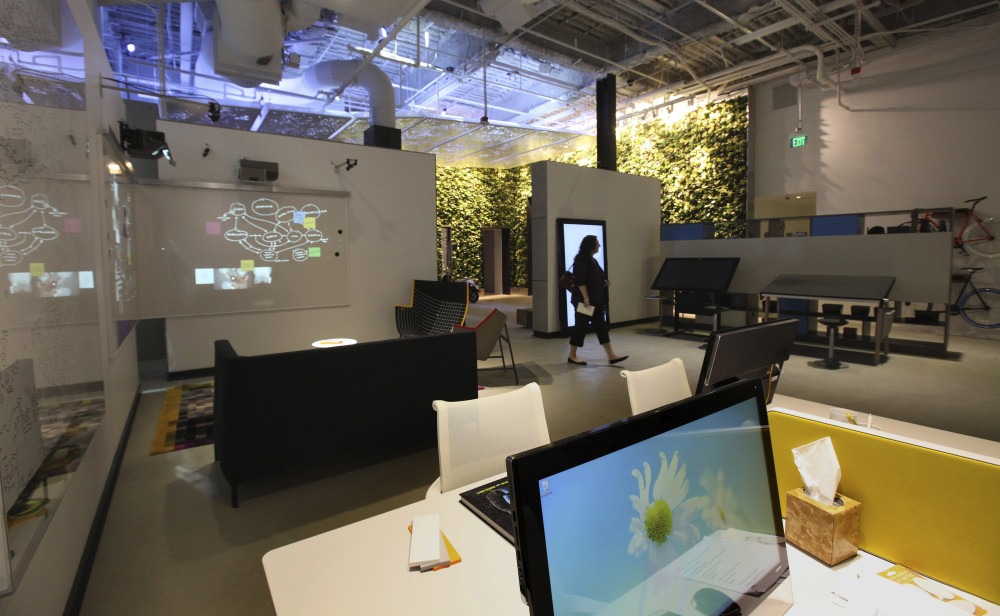By Diane Stafford
The Kansas City Star
WWR Article Summary (tl;dr) Managers continue to re-examine their criteria for evaluating employee performance. For many, what matters is getting the job done, not showing up for a 9 to 5 attendance check.
The Kansas City Star
Here’s the 2016-2017 workplace trend that more office workers live every day: They rarely go to the office.
Working remotely is the rule for millions of workers who can do their jobs wherever there’s an internet connection. At home, in a coffee shop, in hotel lobbies or office waiting rooms, work is being done anywhere, any time.
This evolution, of what it means to be “at work”, shows no sign of reversing. As a result, managers continue to re-examine their criteria for evaluating employee performance. What matters is getting the job done, not showing up for a 9 to 5 attendance check.
The trend is partly fueled by technology, but it’s also pushed by a reduction in per-employee office space. Companies are reducing overhead by shrinking the floor space allocated to employees. And they’re also continuing to shrink employee headcount by using more contract, freelance or temporary workers.
There are parallel trends, though, for employers to woo workers by offering spiffy workplaces. One growing employee benefit is the provision of rooms dedicated for safe, weather-protected bicycle parking.
Other benefits, offered by employers competing for scarce or top talent, are designed to inject a semblance of work-life balance. Carry-out dinners. On-site gyms. Subsidized day care. Subsidized costs for employees who take public transportation. Flexible hours. Half-day Fridays. Stand-up desks and other ergonomic equipment.
Workers competing for spots in those “best of” companies are smacking into another trend, protracted interviewing. Employers are working harder than ever to hire the “perfect fit.” So top candidates are grinding through multiple interviews, sometimes over weeks instead of a day or two.
When jobs are finally won, it’s more likely that the new hire will be from in town rather than across the country. Moving company data show a continued decline in U.S. moving rates.
As technology continues to change the way jobs are done, it also changes (or eliminates) jobs. Anyone who uses an ATM instead of a live bank teller knows this. Utility companies can read meters remotely. Radio stations can play music from pre-programmed playlists.
One-third of workers under age 35 expect to change jobs in 2017; at least they’re always looking, even when comfortably employed, according to a CareerBuilder survey. Older workers are less likely (15 percent) to have job wanderlust this year.
Within the workplace, cost-of-living or across-the-board raises are continuing to disappear, replaced by merit or performance-based bonuses for individuals.
But millions of low-wage workers will see small pay increases, thanks to many states, counties or cities raising their minimum wages in the absence of federal change. Higher wage floors could send small ripples up the pay scale, presenting good news for many midlevel workers.














































































































































































































































































































































































